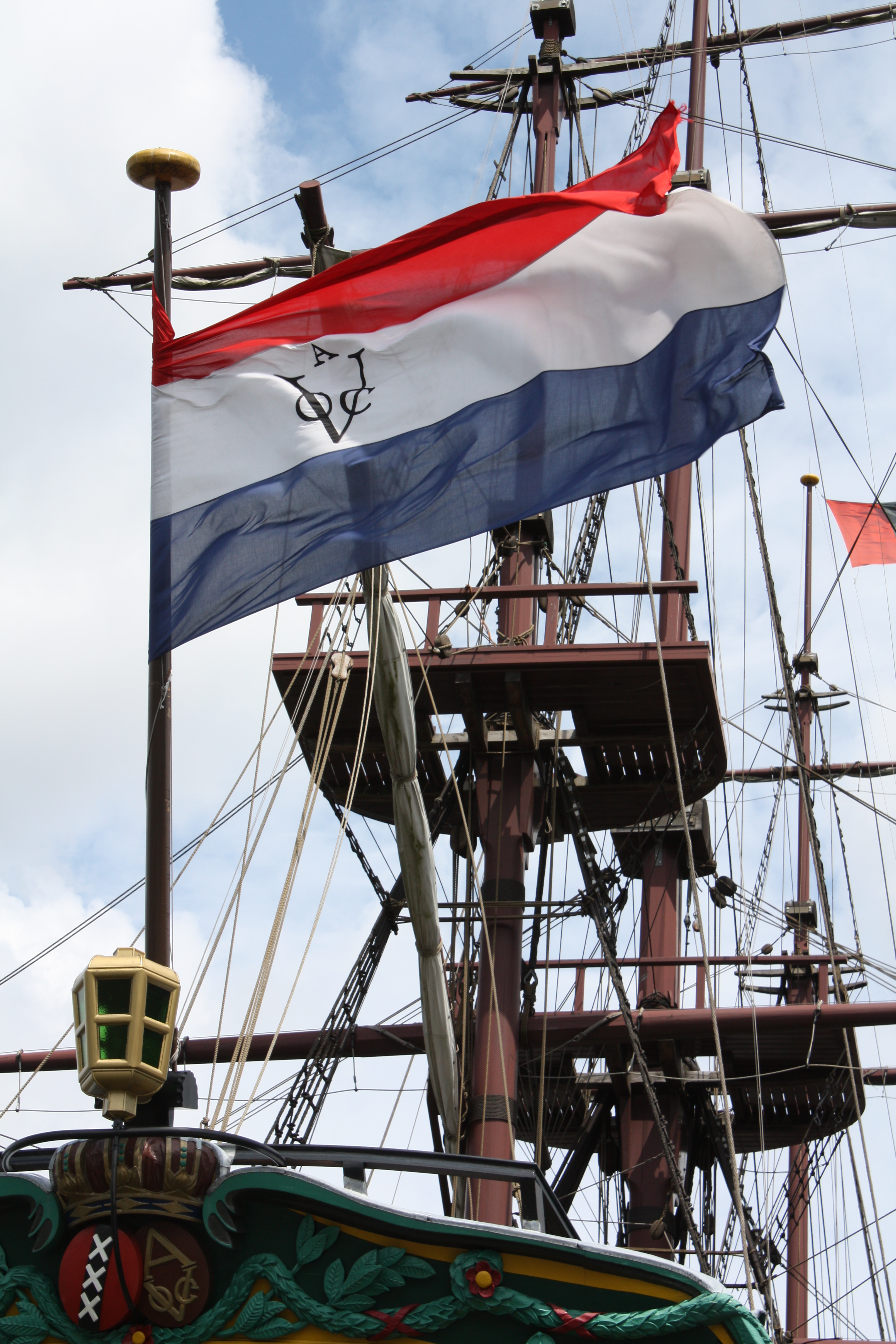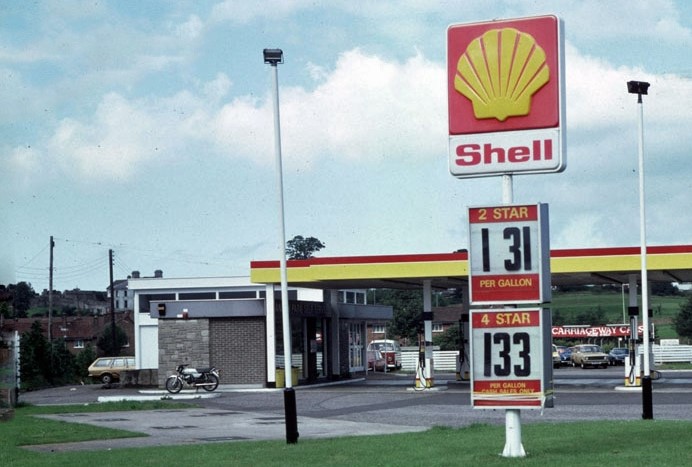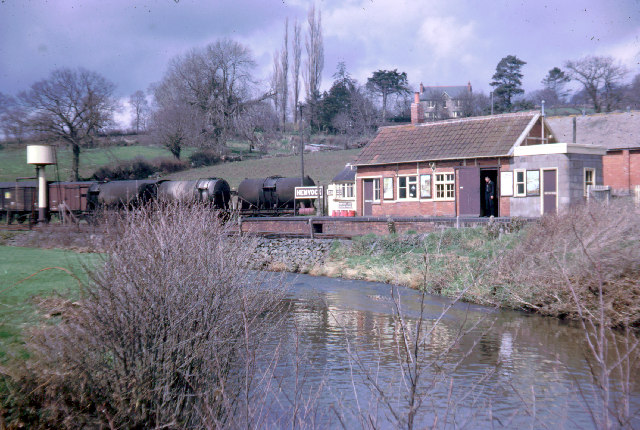|
Bristol And Exeter Railway 0-6-0T Locomotives
The Bristol and Exeter Railway 0-6-0T locomotives were two different types of locomotives built for the Bristol and Exeter Railway. On 1 January 1876 the Bristol and Exeter Railway was Consolidation (business), amalgamated with the Great Western Railway, after which the locomotives were given new numbers. List of locomotives Broad gauge Two small broad gauge locomotives. The first had a 950 gallon tank, the second had a larger 1,200 gallon one. * 75 (1866 – 1888) GWR No. 2092 * 76 (1867 – 1890) GWR No. 2093 Standard gauge Two standard gauge locomotives built for the Culm Valley Light Railway which was then under construction. They were operated on the line until 1881, when they were superseded by 1298 and 1300, two locomotives which had started life as South Devon Railway 2-4-0 locomotives#Saturn class locomotives, South Devon Railway locomotives. * 114 (1874 – 1934) GWR No. 1376 * 115 (1875 – 1927) GWR No. 1377 References * * * {{BER Locomotives Broad ... [...More Info...] [...Related Items...] OR: [Wikipedia] [Google] [Baidu] |
Bristol And Exeter Railway
The Bristol & Exeter Railway (B&ER) was an English railway company formed to connect Bristol and Exeter. It was built on the broad gauge and its engineer was Isambard Kingdom Brunel. It opened in stages between 1841 and 1844. It was allied with the Great Western Railway (GWR), which built its main line between London and Bristol, and in time formed part of a through route between London and Cornwall. It became involved in the gauge wars, a protracted and expensive attempt to secure territory against rival companies supported by the London and South Western Railway (LSWR) which used the narrow gauge, later referred to as ''standard gauge''. At first it contracted with the GWR for that company to work the line, avoiding the expense of acquiring locomotives, but after that arrangement expired in 1849, the B&ER operated its own line. It opened a number of branches within the general area it served: to Clevedon, Cheddar, Wells, Weston-super-Mare, Chard, Yeovil and Tiverton. The B&E ... [...More Info...] [...Related Items...] OR: [Wikipedia] [Google] [Baidu] |
Consolidation (business)
In business, consolidation or amalgamation is the merger and acquisition of many smaller companies into a few much larger ones. In the context of financial accounting, ''consolidation'' refers to the aggregation of financial statements of a group company as consolidated financial statements. The taxation term of consolidation refers to the treatment of a group of companies and other entities as one entity for tax purposes. Under the Halsbury's Laws of England, 'amalgamation' is defined as "a blending together of two or more undertakings into one undertaking, the shareholders of each blending company, becoming, substantially, the shareholders of the blended undertakings. There may be amalgamations, either by transfer of two or more undertakings to a new company or the transfer of one or more companies to an existing company". Overview Consolidation is the practice, in business, of legally combining two or more organizations into a single new one. Upon consolidation, the ori ... [...More Info...] [...Related Items...] OR: [Wikipedia] [Google] [Baidu] |
Great Western Railway
The Great Western Railway (GWR) was a British railway company that linked London London is the capital and List of urban areas in the United Kingdom, largest city of England and the United Kingdom, with a population of just under 9 million. It stands on the River Thames in south-east England at the head of a estuary dow ... with the southwest, west and West Midlands (region), West Midlands of England and most of Wales. It was founded in 1833, received its enabling Act of Parliament on 31 August 1835 and ran its first trains in 1838 with the initial route completed between London and Bristol in 1841. It was engineered by Isambard Kingdom Brunel, who chose a broad gauge of —later slightly widened to —but, from 1854, a series of Consolidation (business), amalgamations saw it also operate Standard gauge, standard-gauge trains; the last broad-gauge services were operated in 1892. The GWR was the only company to keep its identity through the Railways Act 1921, which ama ... [...More Info...] [...Related Items...] OR: [Wikipedia] [Google] [Baidu] |
James Pearson (engineer)
James Pearson was a 19th-century English railway engineer. He is best remembered as the designer of the distinctive Bristol and Exeter Railway 4-2-4T locomotives. Career South Devon Railway James Pearson was the engineer responsible for the daily operations of Isambard Kingdom Brunel's ill-fated atmospheric equipment on the South Devon Railway. Trains only ran in service from 13 September 1847 to 9 September 1848, but he was retained while the equipment was disposed of. Bristol and Exeter Railway In May 1850 he became the Bristol and Exeter Railway's Locomotive Engineer. Under his control the railway set up new locomotive works at Bristol Temple Meads. These opened in 1851 and built most of the railway's new broad gauge locomotives from 1859. Locomotives designs The most significant locomotives designed by James Pearson were: * 1851 Bristol and Exeter Railway 2-2-2T locomotives – 7 small tank locomotives * 1854 Bristol and Exeter Railway 4-2-4T locomotives – 8 locomoti ... [...More Info...] [...Related Items...] OR: [Wikipedia] [Google] [Baidu] |
Broad Gauge
A broad-gauge railway is a railway with a track gauge (the distance between the rails) broader than the used by standard-gauge railways. Broad gauge of , commonly known as Russian gauge, is the dominant track gauge in former Soviet Union (CIS states, Baltic states, Rail transport in Georgia (country), Georgia and Ukraine), Rail transport in Mongolia, Mongolia and Rail transport in Finland, Finland. Broad gauge of , commonly known as Irish Gauge, is the dominant track gauge in Ireland, and the Australian states of Rail transport in Victoria, Victoria and Railways in Adelaide, Adelaide. Broad gauge of , commonly known as Iberian gauge, is the dominant track gauge in Spain and Portugal. Broad gauge of , commonly known as Indian gauge, is the dominant track gauge in Indian Railways, India, Pakistan Railways, Pakistan, Bangladesh, Sri Lanka Railways, Sri Lanka, Rail transport in Argentina, Argentina, Empresa de los Ferrocarriles del Estado, Chile, and on Bay Area Rapid Transit, BAR ... [...More Info...] [...Related Items...] OR: [Wikipedia] [Google] [Baidu] |
Gallon
The gallon is a unit of volume in imperial units and United States customary units. Three different versions are in current use: *the imperial gallon (imp gal), defined as , which is or was used in the United Kingdom, Ireland, Canada, Australia, New Zealand, and some Caribbean countries; *the US gallon (US gal), defined as , (231 cubic inches) which is used in the US and some Latin American and Caribbean countries; and *the US dry gallon ("usdrygal"), defined as US bushel (exactly ). There are two pints in a quart and four quarts in a gallon. Different sizes of pints account for the different sizes of the imperial and US gallons. The IEEE standard symbol for both US (liquid) and imperial gallon is gal, not to be confused with the gal (symbol: Gal), a CGS unit of acceleration. Definitions The gallon currently has one definition in the imperial system, and two definitions (liquid and dry) in the US customary system. Historically, there were many definitions and re ... [...More Info...] [...Related Items...] OR: [Wikipedia] [Google] [Baidu] |
Standard Gauge
A standard-gauge railway is a railway with a track gauge of . The standard gauge is also called Stephenson gauge (after George Stephenson), International gauge, UIC gauge, uniform gauge, normal gauge and European gauge in Europe, and SGR in East Africa. It is the most widely used track gauge around the world, with approximately 55% of the lines in the world using it. All high-speed rail lines use standard gauge except those in Russia, Finland, and Uzbekistan. The distance between the inside edges of the rails is defined to be 1435 mm except in the United States and on some heritage British lines, where it is defined in U.S. customary/Imperial units as exactly "four feet eight and one half inches" which is equivalent to 1435.1mm. History As railways developed and expanded, one of the key issues was the track gauge (the distance, or width, between the inner sides of the rails) to be used. Different railways used different gauges, and where rails of different gauge m ... [...More Info...] [...Related Items...] OR: [Wikipedia] [Google] [Baidu] |
Culm Valley Light Railway
The Culm Valley Light Railway was a standard gauge branch railway that operated in the English county of Devon. It ran for just under from Tiverton Junction station on the Bristol to Exeter line, through the Culm valley to Hemyock. It was intended as a very low-cost scheme, but by the time it opened in 1876 had cost more than twice the originally anticipated budget and taken five times the expected time to complete. It was operated from the start by the Great Western Railway, who purchased the line outright in 1880. It was loss-making and underused until United Dairies built a creamery and milk products factory at Hemyock; their output became the dominant traffic. The line closed to passengers in 1963 but served the milk depot at Hemyock until 1975. Starting the company The valley of the River Culm was an attractive, but remote and declining area in the early nineteenth century, containing the villages of Uffculme, Culmstock and Hemyock. The Bristol and Exeter Railway (B&E ... [...More Info...] [...Related Items...] OR: [Wikipedia] [Google] [Baidu] |
South Devon Railway 2-4-0 Locomotives
The South Devon Railway 2-4-0 locomotives were small 2-4-0T broad gauge locomotives operated on the South Devon Railway, mainly on its branch lines such as that to Ashburton. On 1 February 1876, the South Devon Railway was amalgamated with the Great Western Railway. The locomotives were given numbers by their new owners, but continued to carry their names as well. Locomotives King * ''King'' (1871–1878) GWR No. 2171 ''King'' was a small side-tank locomotive built by the Avonside Engine Company. It did not last long as a broad gauge locomotive, being converted to narrow gauge in 1878. It then operated in this form until 1907 as GWR No. 2, after which it was sold to the Bute Works Supply Company. ''Named after a monarch, see King''. Prince * ''Prince'' (1871–1892) GWR No. 2137 ''Prince'' was similar to 0-6-0 Taurus, a small 2-4-0ST engine built by the Ince Forge Company three years earlier, works number 14 according to RCTS. It was converted to standard gauge in 1 ... [...More Info...] [...Related Items...] OR: [Wikipedia] [Google] [Baidu] |
Twelveheads Press
Twelveheads Press is an independent publishing company based in Chacewater near Truro, Cornwall, UK. Best known for their ''Cornish Heritage'' series but also well known by scholars and enthusiasts for their transport and mining books: the firm takes its name from the hamlet of Twelveheads. History and philosophy Founded by Michael Messenger and John Stengelhofen, Twelveheads have been producing high quality books for over 25 years. Their specialist books include topics such as maritime, mining and railway history, and mostly cover the areas of Cornwall and Southwest Britain. In 1988 Messenger and Stengelhofen were joined by Alan Kittridge and all three have contributed significantly to their titles Michael Messenger states: "Twelveheads Press is not a conventional publishing house in the usual sense, but three friends who publish subjects that interest us. Our knowledge ensures that the books are authentic and accurate. Whilst we try not to lose money on books because we do no ... [...More Info...] [...Related Items...] OR: [Wikipedia] [Google] [Baidu] |
Broad Gauge (7 Feet) Railway Locomotives
A broad-gauge railway is a railway with a track gauge (the distance between the rails) broader than the used by standard-gauge railways. Broad gauge of , commonly known as Russian gauge, is the dominant track gauge in former Soviet Union (CIS states, Baltic states, Rail transport in Georgia (country), Georgia and Ukraine), Rail transport in Mongolia, Mongolia and Rail transport in Finland, Finland. Broad gauge of , commonly known as Irish Gauge, is the dominant track gauge in Ireland, and the Australian states of Rail transport in Victoria, Victoria and Railways in Adelaide, Adelaide. Broad gauge of , commonly known as Iberian gauge, is the dominant track gauge in Spain and Portugal. Broad gauge of , commonly known as Indian gauge, is the dominant track gauge in Indian Railways, India, Pakistan Railways, Pakistan, Bangladesh, Sri Lanka Railways, Sri Lanka, Rail transport in Argentina, Argentina, Empresa de los Ferrocarriles del Estado, Chile, and on Bay Area Rapid Transit, BART ... [...More Info...] [...Related Items...] OR: [Wikipedia] [Google] [Baidu] |








